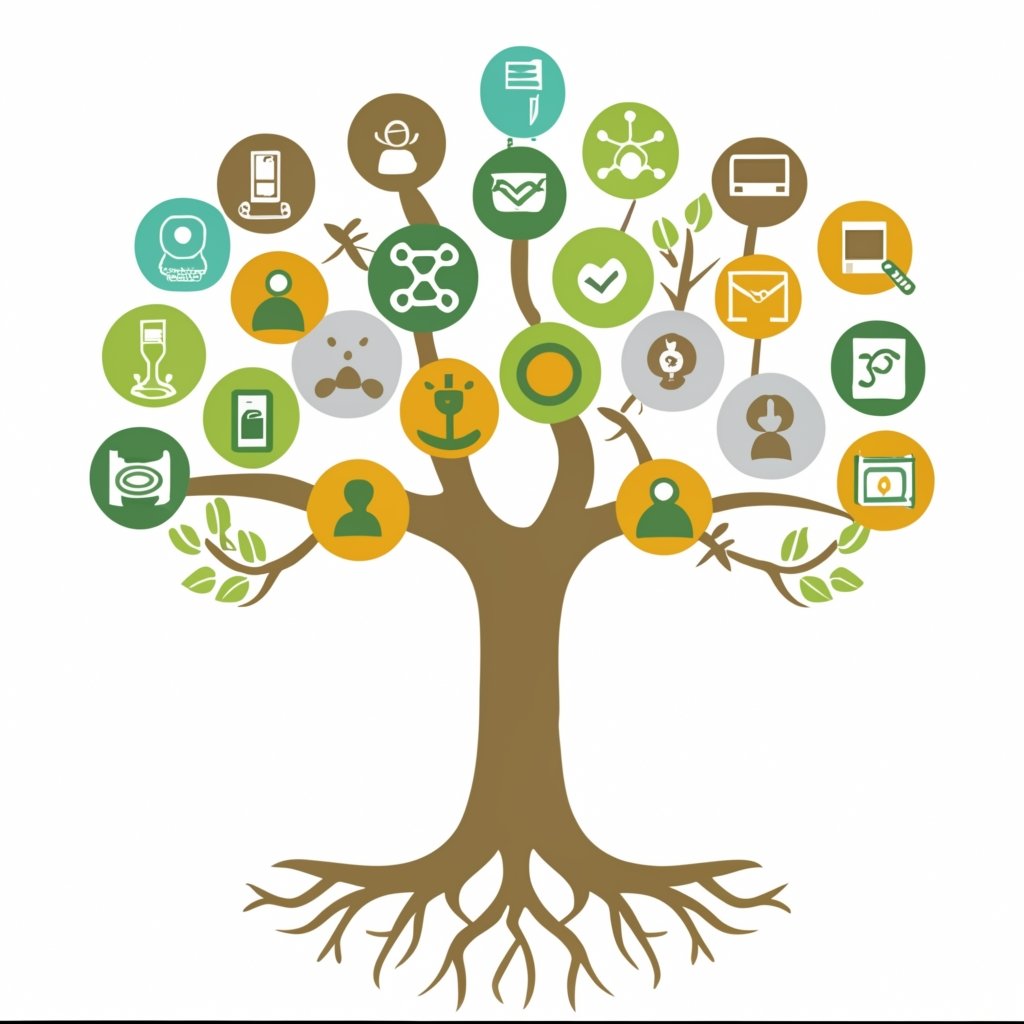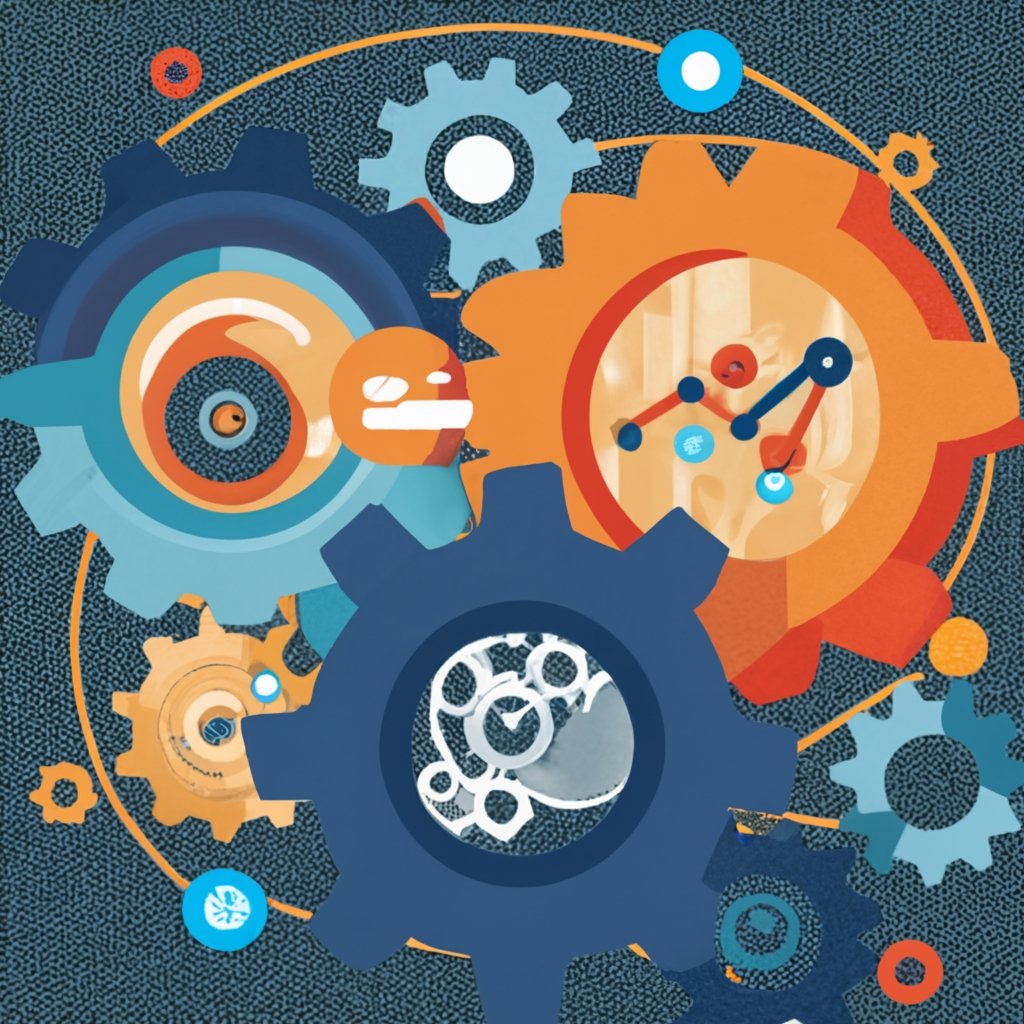
This post is the main article of our series about innovation Basics.
Definitions
11 key definitions of innovation ranked chronologically and explained:
The Measurement of Scientific, Technological and Innovation Activities, Oslo Manual 2018
An innovation is a new or improved product or process (or combination thereof) that differs significantly from the unit’s previous products or processes and that has been made available to potential users (product) or brought into use by the unit (process).
Home | OECD iLibrary (oecd-ilibrary.org)
Schumpeter recognized the importance of innovation in the 1930s.
Creation of new combinations of existing resources.
Schumpeter, J.A. (1934) The Theory of Economic Development: An Enquiry into Profits, Capital, Credit, Interest and the Business Cycle. Oxford University Press, London.
A widening of the definition
Innovation is the creation and implementation of new processes, products, services, and methods of delivery which result in significant improvements in outcomes, efficiency, effectiveness, or quality.
Innovation in the Public Sector. Strategy Unit, Cabinet Office, London.
The UK government’s definition of innovation (2009).
The successful exploitation of new ideas or ones that are adopted from other sectors or organizations.
National Audit Office (NAO) (2009) Innovation across Central Government
The Australian government’s definition of innovation (2009).
Creation and application of good ideas.
Australian National Audit Office (ANAO) (2009) Innovation in the Public Sector
CBI includes values in the definition
A continuous and dynamic process in which ideas are transformed into value.
Confederation of British Industry (CBI)/QUINETIQ (2008) Excellence in Service Innovation.
Economic and Social Research Council (ESRC) includes business models and ways of working in the definition.
The successful introduction of new services, products, processes, business models, and ways of working.
Economic and Social Research Council (ESRC) (2008)
definition that includes behaviors and ideas.
The development (generation) and/or use (adaptation) of new ideas or behaviors.
Characteristics_of_Innovation_and_Innovation_Adoption_in_Public_Organizations_Assessing_the_Role_of_Managers
definition focuses on the new within a service
The introduction of new elements into a service—new knowledge, new organization, new management/skills
Innovations in the Public Sector: A Systematic Review.
views innovation as affecting the external environment
Innovations are in a significant way new and disruptive towards the routines and structures prevailing.
Social_Innovations_for_Social_Cohesion_Transnational_Patterns_and_Approaches_from_20_European_cities
focuses on the practical application of ideas
Innovation is the process by which new ideas turn into practical value in the world
NESTA (2012) Plan 1: The Case for Innovation Led Growth

Summary
The table provides a compilation of different definitions of innovation from various sources in the existing literature. Each definition represents a distinct perspective on the concept of innovation and how it is understood in different contexts. The definitions encompass a range of viewpoints, from the creation of new combinations of resources to the introduction of new elements in services and the development of new ideas or behaviors.
The references associated with each definition provide the sources from which these definitions are derived. These references include the authors, publication titles, and years of publication, offering a way to trace the origins of each definition back to its original source in the literature.
The year column indicates the publication year of the references, giving an overview of when these definitions were introduced or documented in academic or official documents. This chronological arrangement helps to contextualize the evolution of the concept of innovation over time.
The list of different definitions of innovation presented in the table was originally published in the article titled “What Is Innovation? A Study of the Definitions, Academic Models and Applicability of Innovation to an Example of Social Housing in England” in the Open Journal of Social Sciences, Volume 5, 2017, pages 128-146. The article, authored by the references provided, delves into an exploration of the concept of innovation, academic models, and its applicability, specifically in the context of social housing in England. The publication can be accessed at http://www.scirp.org/journal/jss, with ISSN Online: 2327-5960 and ISSN Print: 2327-5952. The article was published on November 28, 2017, and is identified with the DOI: 10.4236/jss.2017.511010.
| Definition | Year | |
|---|---|---|
| 1 | Creation of new combinations of existing resources. Schumpeter recognized the importance of innovation in the 1930s. | 1934 |
| 2 | Implementation of a new or significantly improved product (good/service) or process (method/practice/relationship). International guidelines for proposed definition. | 2005 |
| 3 | Innovation is the creation and implementation of new processes, products, services, and methods of delivery which result in significant improvements in outcomes, efficiency, effectiveness, or quality. A widening of the definition. | 2003 |
| 4 | The successful exploitation of new ideas or ones that are adopted from other sectors or organizations. The UK government’s definition of innovation. | 2009 |
| 5 | Creation and application of good ideas. Australian National Audit Office (ANAO) definition. | 2009 |
| 6 | A continuous and dynamic process in which ideas are transformed into value. This definition includes value as a part of innovation. | 2008 |
| 7 | The successful introduction of new services, products, processes, business models, and ways of working. The Economic and Social Research Council (ESRC) includes business models and ways of working in the definition. | 2008 |
| 8 | The development (generation) and/or use (adaptation) of new ideas or behaviors. This definition includes behaviors as well as ideas. | 2009 |
| 9 | The introduction of new elements into a service—new knowledge, new organization, new management/skills. This definition focuses on the new within a service. | 2014 |
| 10 | Innovations are in a significant way new and disruptive towards the routines and structures prevailing. This definition views innovation as affecting the external environment. | 2014 |
| 11 | Innovation is the process by which new ideas turn into practical value in the world. This definition focuses on the practical application of ideas. |








One Comment
Comments are closed.